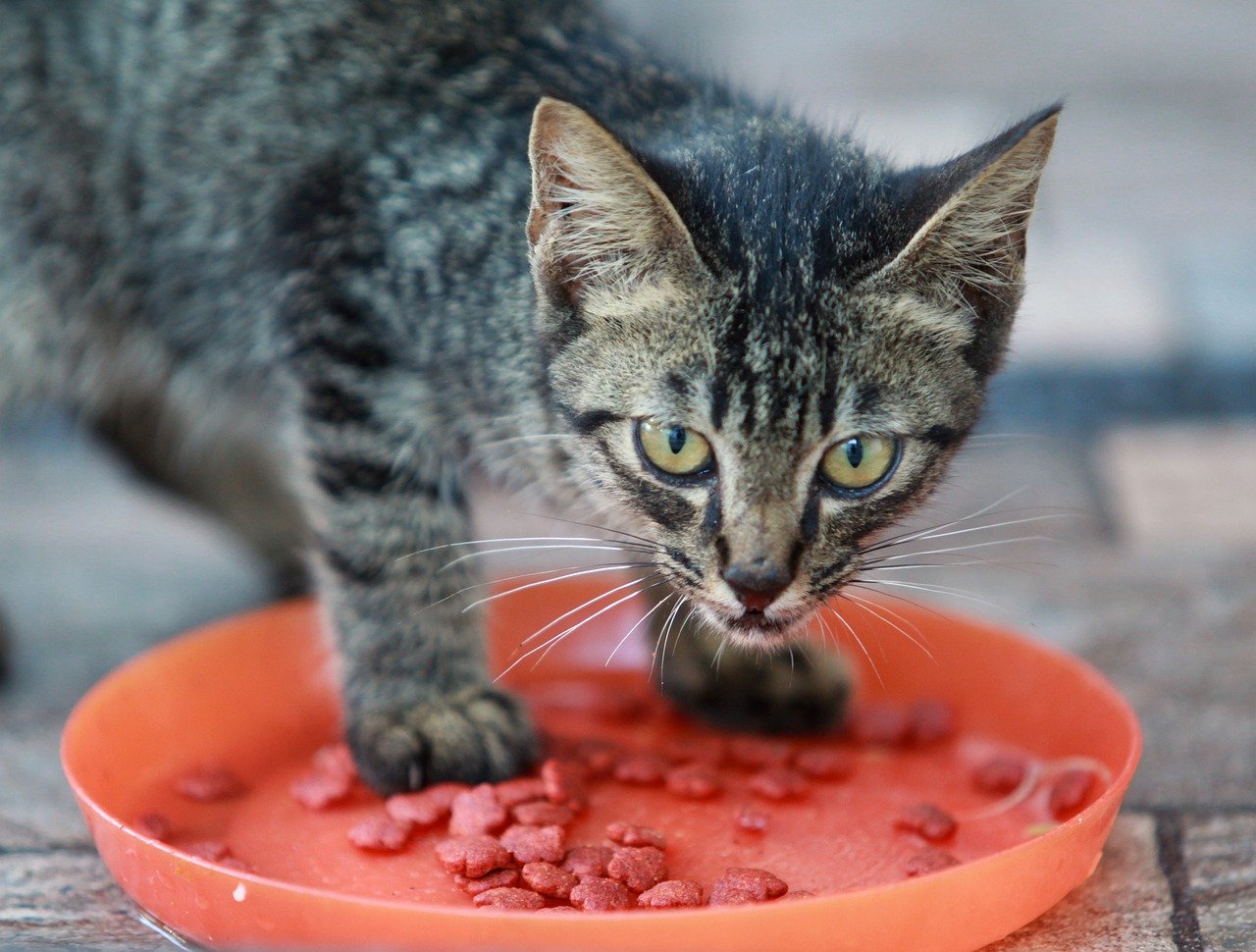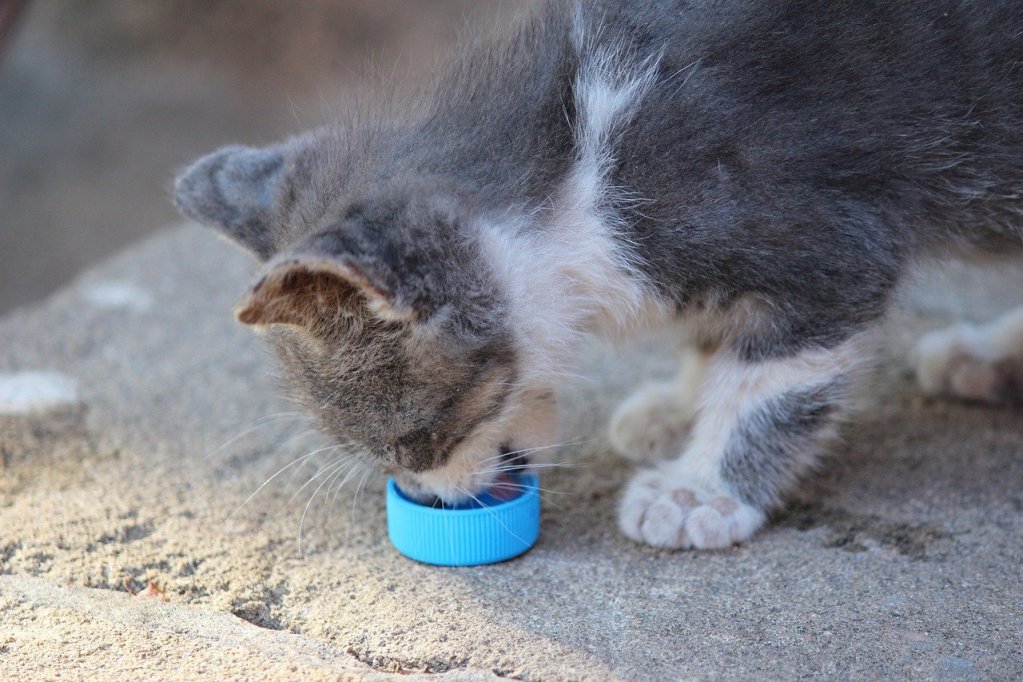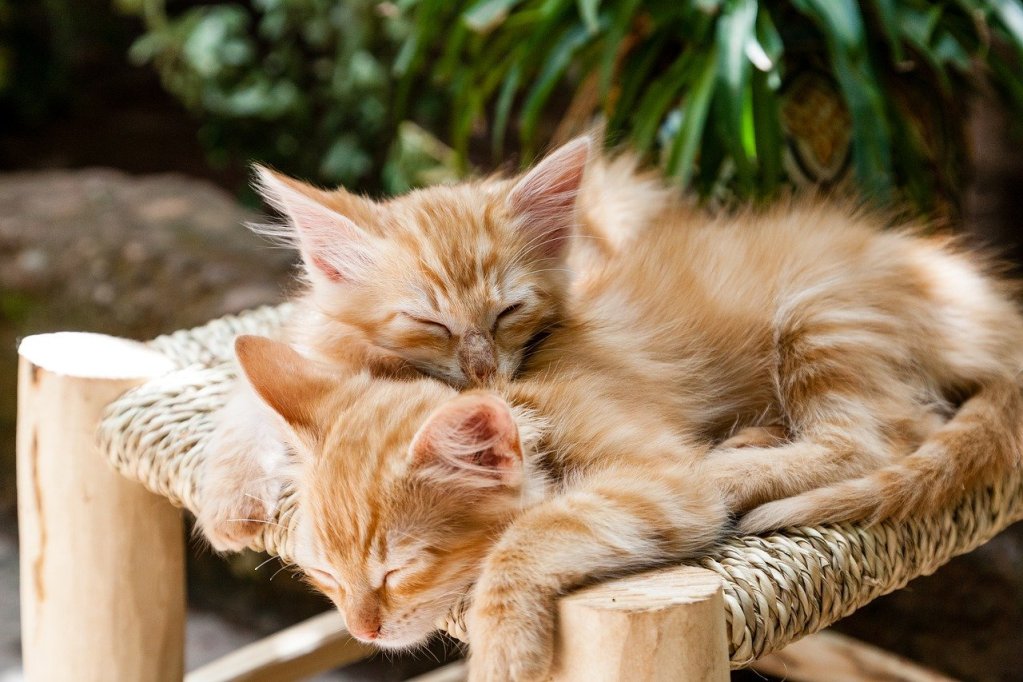Waht to Feed a 7 Month Old Kitten Can He Have Dry Seafood Medley Food
When can kittens eat dry food? The lowdown on what you should feed them
Tips on feeding your new kitten
Caring for kittens is hard work, but it's ultimately one of the most rewarding experiences of a lifetime. Just like human babies have different nutritional needs than adults, kittens have different dietary requirements than adult cats. With few exceptions, your new feline fur baby is considered a kitten for the first year of life. (Large cat breeds like Norwegian forest cats and Maine coon cats mature more slowly and don't reach adulthood until they're 2 years old.) Have you ever asked yourself, "When can kittens eat dry food?" We'll give you the full scoop on what you should feed your kittens — and when to change their diet.

Do kittens need wet and dry food?
Both wet food and dry food are suitable for kittens. However, if you're feeding a wet food diet, you'll need to feed your kittens small meals throughout the day to ensure their needs are met. Free-feeding your kittens dry food allows them to eat as often as they want during the day, making it more likely they'll receive adequate nutrition. Dry food also helps maintain the health of your kittens' teeth and gums. Whether you feed your kittens a combination of wet food and dry food, or you decide to stick with dry food only, it's important to feed your new fur babies a specially formulated diet just for kittens.
Kitten food is packed with essential nutrients and minerals to help your little ones grow up healthy and strong. Cats are obligate carnivores, meaning they require meat to survive. Kittens need even more protein than adult cats. They also require amino acids like lysine, methionine, and arginine during the early stages of development. While adult cats require fat, they don't require as much as young kittens. Fatty acids are essential to support your kittens during the numerous growth spurts they'll have in the first year of life.
Is it OK for kittens to eat dry food only?
According to veterinarian Lauren Jones, feeding kittens dry food only is perfectly acceptable as long as you choose the right food. Dr. Jones says, "Dry food only diets are perfectly fine for kittens, provided that you are offering a diet formulated for growth, like a kitten or all life stage diet." Dr. Jones also recommends mixing your kittens' old food with their new food for the first five to seven days. The gradual transition makes it easier for your kittens' delicate digestive systems to adjust to their new food.

When can kittens eat dry food?
Ensuring your kittens get the vital nutrients they need from their diet is essential for their growth and development. According to animal sanctuary and activism group Best Friends, kittens should be exclusively nursed or bottle-fed for the first month of life. Here's what a general feeding schedule should look like:
Birth to 3 weeks
You'll need to bottle-feed your kittens between eight and 12 times per day — roughly every 2 to 3 hours — during the first week of life. When they reach 2 weeks old, you can reduce the number of feedings to eight bottles a day (every 3 hours). At the 3-week mark, you can begin stretching out feedings to every 4 hours, or six feedings a day, until they're a month old.
4 weeks
When your kittens reach 4 weeks of age, you can begin weaning them by giving them gruel — a mixture of wet kitten food and kitten formula. Because kittens' deciduous canine teeth start to erupt around this time, your fur babies will be able to chew their food at this age. Feeding them baby kitten food at this stage provides them with the perfect means of adjusting to their growing chompers. You should continue bottle-feeding your kittens every 8 hours, or three times a day, in addition to giving them access to gruel and baby kitten food at all times. Your kittens should have access to fresh, clean water at all stages of life.
5 to 6 weeks
Now is the perfect time to begin transitioning your kittens away from gruel and formula. Mix dry kitten kibble with their wet food to make it easier for your kittens to eat. (It's also easier on their digestion during the transition phase.)
6 to 7 weeks
It's time to gradually decrease the amount of wet food you mix into your kittens' dry food if you intend to transition them to a dry-only diet. You can still feed your kittens wet food as a treat — or to help them gain weight if they need it — but kittens should have constant access to dry kibble to make sure their dietary needs are met.

Be cautious when caring for your kitten
Figuring out what to feed kittens at each stage of life can be daunting. Fortunately, our helpful list — compiled using expert guidance — can make the process much easier. You may have to try different brands of kitten food to find one your kittens enjoy, but as long as it provides the essential protein, fat, and amino acids your kittens require, you'll be able to keep your fur babies healthy and happy.
Editors' Recommendations
- Diabetes in dogs: The risk factors and symptoms all pet parents need to know
- Anemia in cats can be dangerous, but it's treatable – here's what you need to know
- How long can cats go without food or water? It's less time than you think
- How much water should a dog drink? You might be surprised by the answer
- Heartworm in dogs can be deadly: What you need to know to keep your pup safe
Source: https://www.pawtracks.com/getting-started/when-can-kittens-eat-dry-food/
0 Response to "Waht to Feed a 7 Month Old Kitten Can He Have Dry Seafood Medley Food"
Postar um comentário